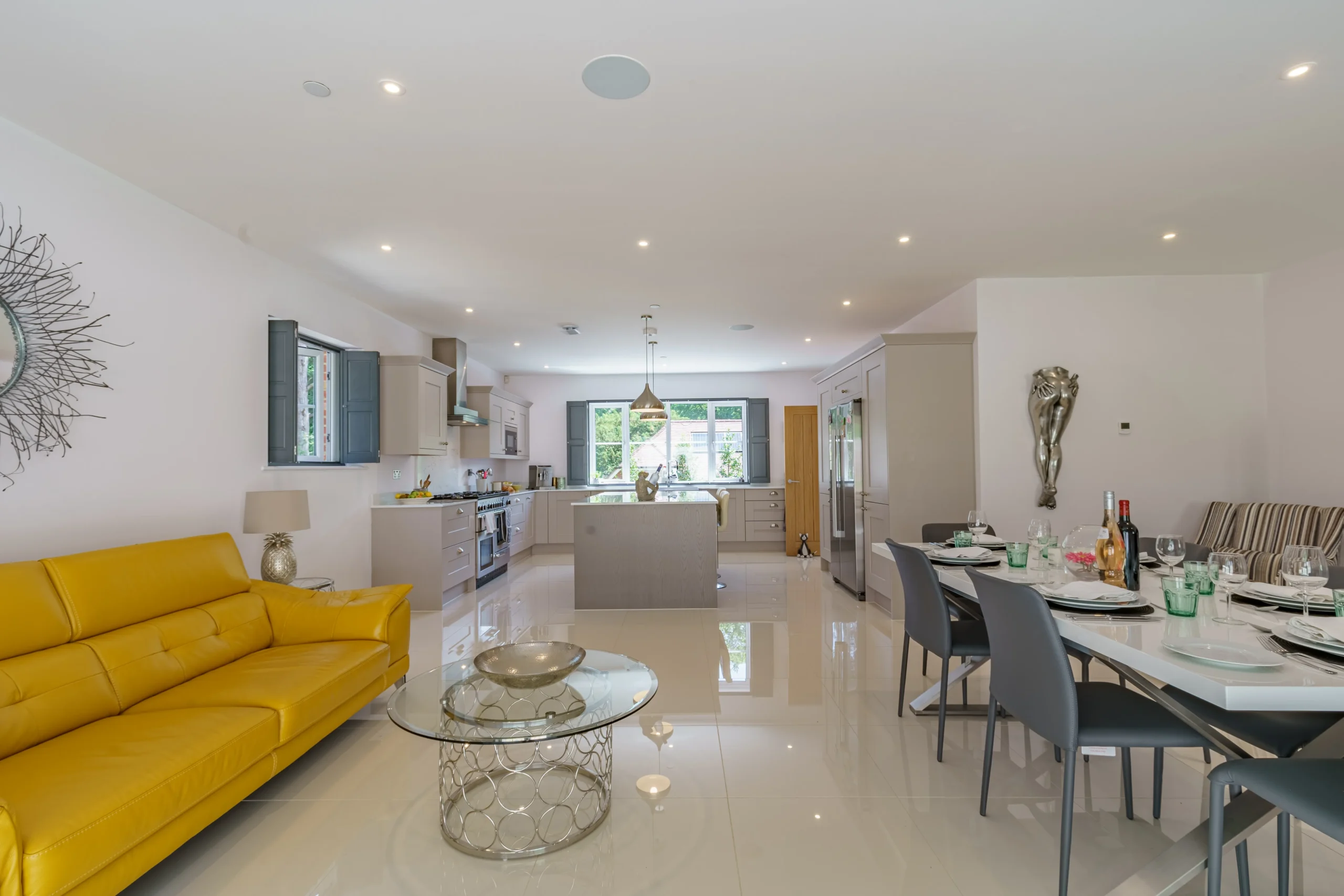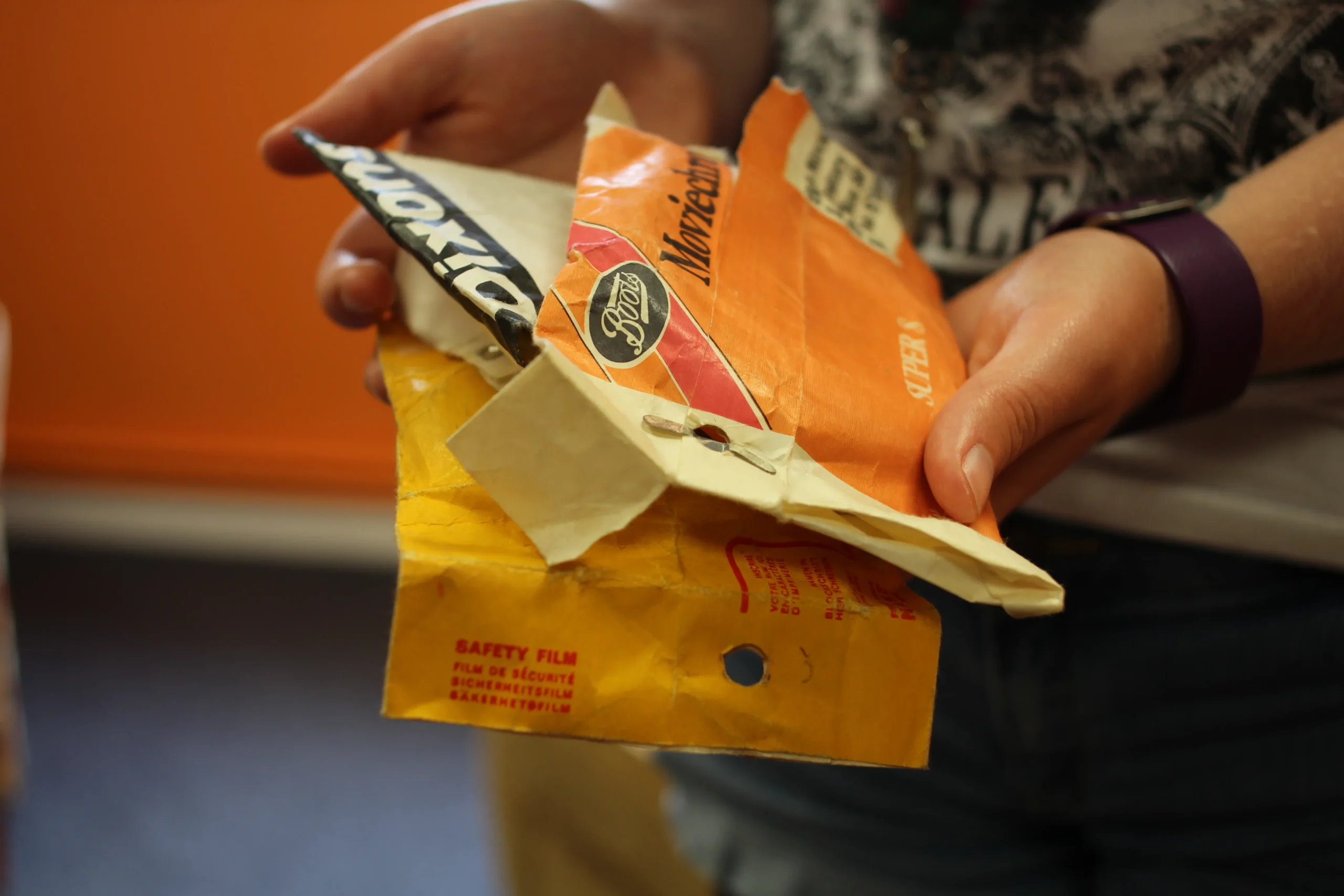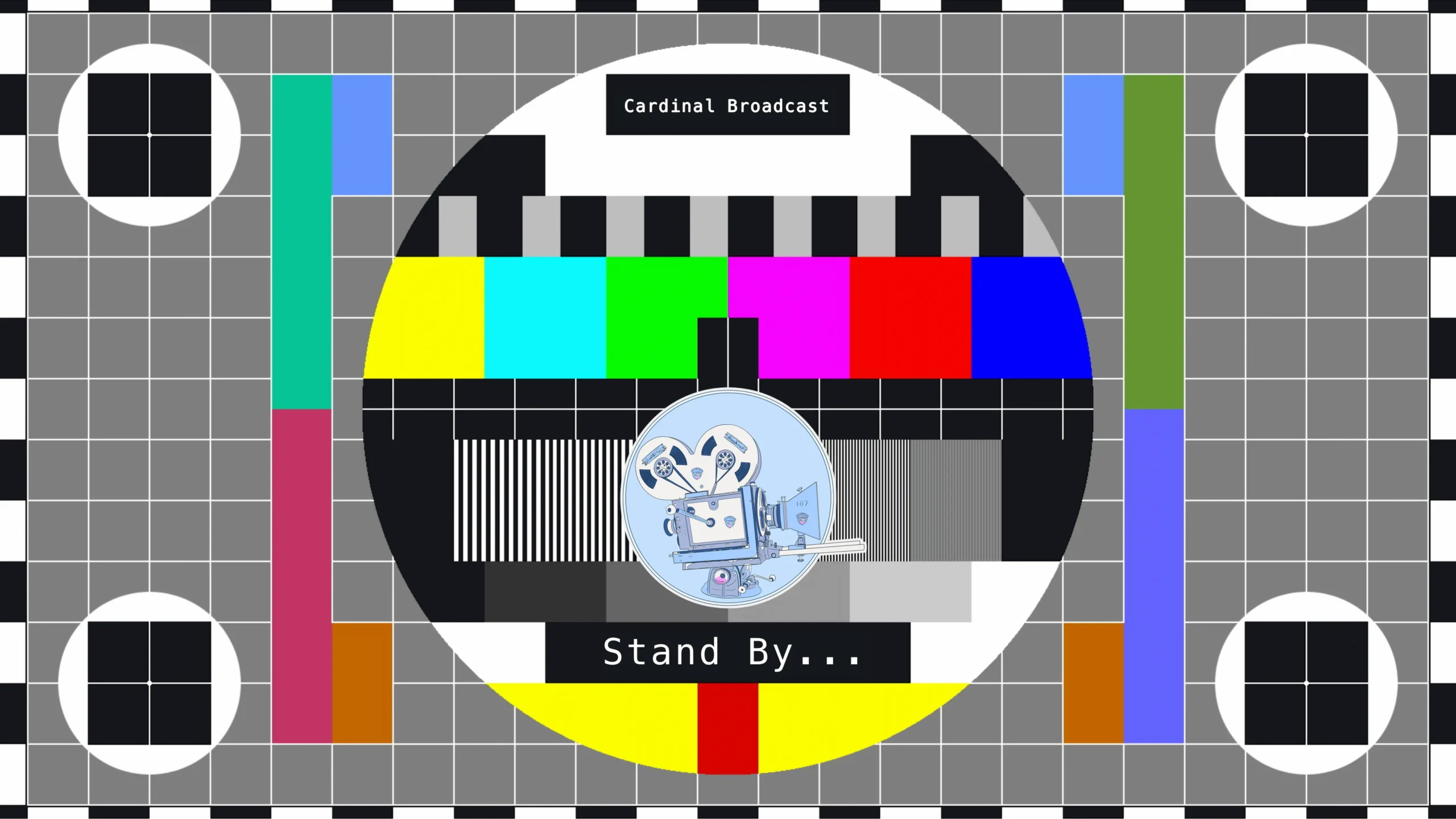Need top-quality video production work?
We’ve got the skills and experience to bring your vision to life. Why settle for basic video content when you can create something extraordinary? You know the power of video, and we know how to make it exceptional.
Don’t miss out on the opportunity to elevate your next video project. Start with us today!
We are a professional video production company based in Datchet, Slough, England.
Create high quality, cost - effective videos.
Hire a skilled professional for your filming needs.
Send us your old footage, we'll handle the rest.
Transform Your Business Story into Vibrant Visuals!
Are you curious about How Dynamic Video Production can transform businesses?
Do you need help figuring out how to use videos to enhance your business? Creating videos that engage and inspire your audience can be difficult, especially if you’re short on time. With suitable videos, it can be easier to target your audience effectively, and it is frustrating if you don’t need the proper equipment to create high-quality content.
At Cardinal Broadcast, we strive to produce videos that will leave you spellbound. Our dynamic approach to video production will captivate your imagination and take you on a journey you never thought possible. Experience the power of captivating storytelling with Cardinal Broadcast.
36 Eton Road,
Datchet, Slough
SL3 9AY
Rob: 07809 158965
Andrew: 07860 370879
[email protected]
Mon-Fri 8:30AM - 6:00PM
Saturdays 9:30AM - 12:30PM
Sundays Closed
our services
Look no further! Cardinal Broadcast is a renowned professional video production company here to transform your vision into a mesmerising reality.
We offer a wide range of video production services, including:
Crafting compelling narratives through expert video production. Transforming ideas into captivating stories with precision, creativity, and visual finesse.
Capturing moments and preserving memories. Professional photography services that frame your world with creativity, precision, and timeless artistry.
Send us your old film for expert, careful capture and preservation through our vintage restoration services, ensuring lasting, high-quality memories.
Our team of experts are known for their exceptional skills and experience in the industry, and we have received numerous accolades for our work. We will enhance your video content and set you apart from the competition.
So why settle for mediocre video content when you can work with the best? Choose Cardinal Broadcast for your extraordinary video production needs & elevate your brand to the next level. ✨













Video production is a powerful tool for businesses and individuals to connect with their target audience, build brand awareness, and drive engagement. It allows for dynamic and immersive storytelling that can leave a lasting impression, foster deeper connections, and achieve desired objectives in today’s digital world, where visual content is king.



Real estate photography is vital for house sellers as it transforms their property into a visual masterpiece. High-quality images showcase the home’s features, attract potential buyers, and leave a lasting impression. Professional photography accelerates buyer interest in a competitive market, ultimately contributing to a quicker and more successful sale.

Reviving old photographs, films, and audio recordings is crucial for preserving our cultural heritage and safeguarding precious memories. Vintage media restoration enhances accessibility and ensures that future generations can appreciate and connect with the rich tapestry of the past in its authentic form. It is our responsibility to protect our past for the future.

We specialise in corporate, branding, promo & Kickstarter Video’s.
Discovery call
In a brief, insightful discovery call, connect with our producers and designers to explore tailored business solutions. Let’s discuss possibilities!
Create a package
Let’s develop a comprehensive project plan, set specific targets and deadlines, and create a tailored video marketing strategy for effective execution.
Shoot, edit & deliver
We will work closely with you to exceed your expectations, meet your goals, perfect the final product, and take pride in the results.





Say goodbye to the hassle of managing your videos! Let us handle it for you with expert care and precision.
Trust us to bring your vision to life while you focus on what matters most.
Womens International choir
Join us on a harmonious journey, where we collaborate with esteemed local choirs, such as Vox Mundi and Download Choral. Together, we craft captivating musical experiences fueled by dedication to excellence and a profound passion for the art of choral performance. Elevate the auditory landscape with us – join in the pursuit of musical excellence.
“Visit Vox Mundi blogs.”
We are a team with big ideas and a history of success. Click on the link below to learn more about us.

The cost to convert a VHS tape to digital varies but typically ranges from £10 to £30 per tape, depending on the service provider and additional options.

A videographer captures footage, often as a one-person operation. Video production involves a team managing the entire process, from concept to editing, for a more comprehensive result.

Film restoration often involves software like DaVinci Resolve, Adobe After Effects, and Diamant-Film Restoration for tasks such as colour correction, noise reduction, and image enhancement.
We would love to speak with you.
Feel free to reach out using the below details.
36 Eton Road, Datchet,
Slough SL3 9AY
Rob: 07809 158965
Andrew: 07860 370879
Mon- Fri 8:30Am - 6:30PM
Saturdays 9:30AM - 12:30PM
Sundays Closed
Say goodbye to the hassle of managing your videos! Let us handle it for you with expert care and precision. Trust us to bring your vision to life while you focus on what matters most.
We produce captivating videos for live events, conferences, and intimate performances in London. Our services also include equipment rentals and vintage media restoration.
We produce captivating videos for live events, conferences, and intimate performances in London. Our services also include equipment rentals and vintage media restoration.